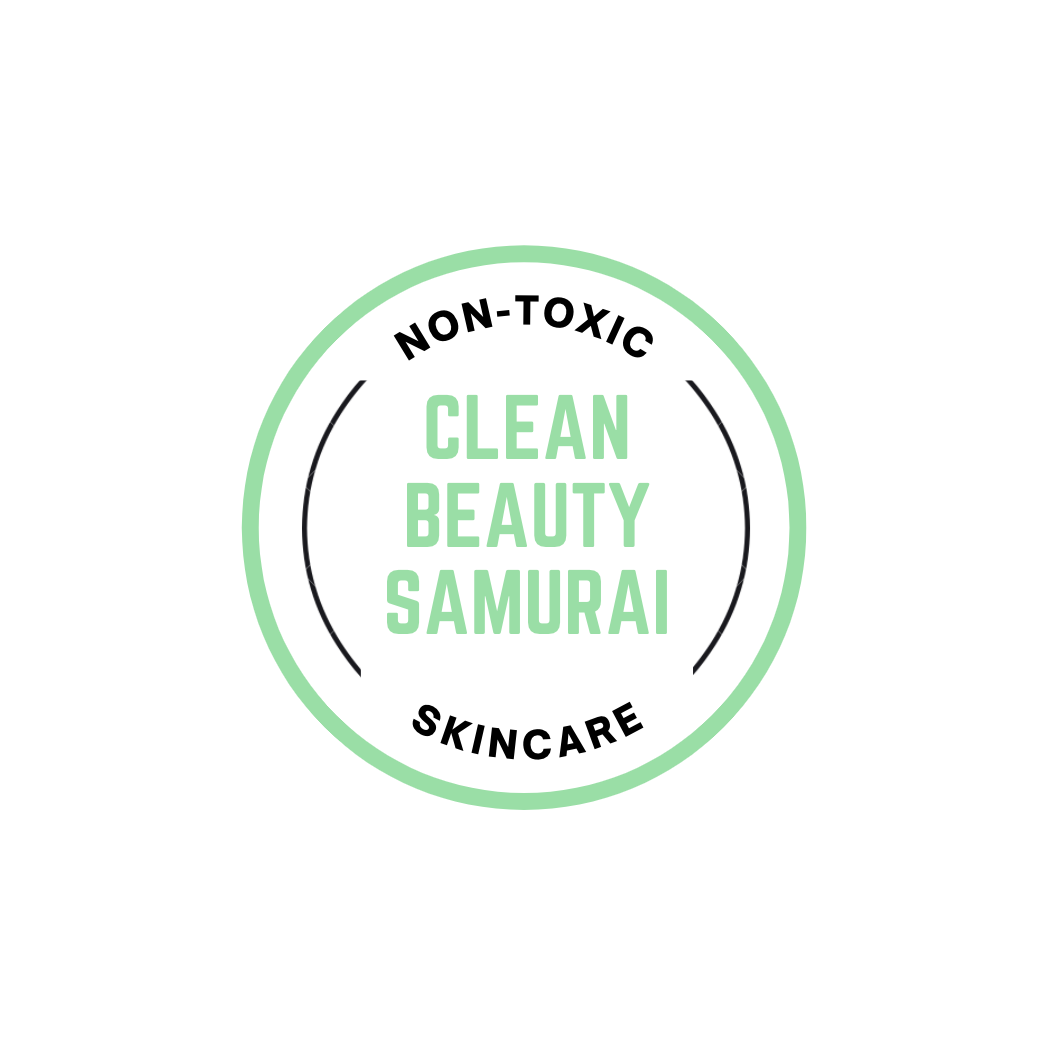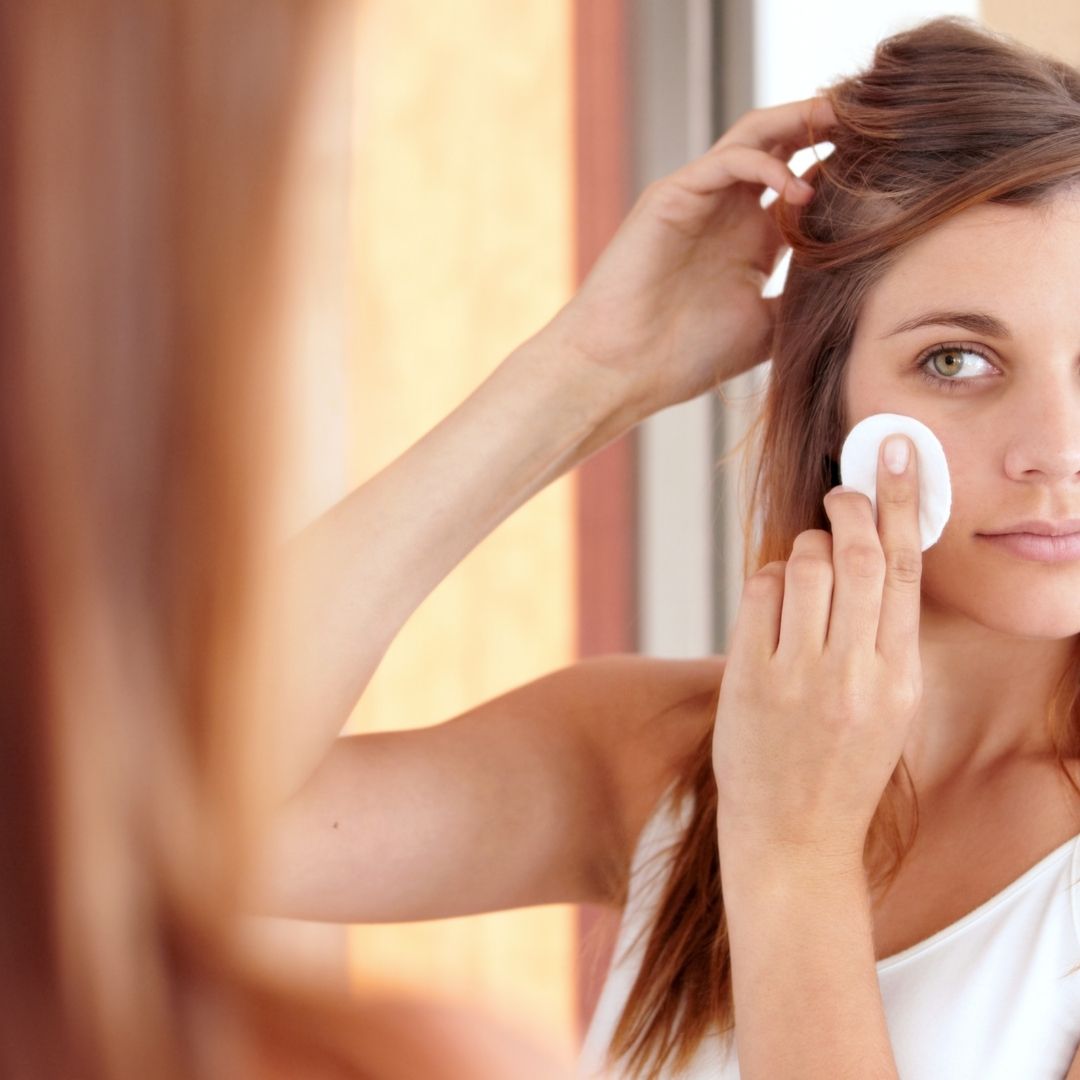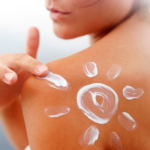If you are a skincare beginner, you might find exfoliation pretty interesting and overwhelming at the same time. There are so many types, processes, products, and brands.
Exfoliation is a very effective process when done properly so let’s start from the beginning.
What are skin cycle and exfoliation?
Everything in this life is about cycles, right? So is your skin. A skin cycle is a process when a new skin cell is formed at the deepest layer of the epidermis and works its way up to the surface of the skin. After the skin cell matures, it just flakes off. On average, this process takes 4 weeks but it depends on many other factors.
Since dead cells don’t shed completely, we need to exfoliate to remove those old dead skin cells and reveal the new ones. Consequently, the skin will look fresh, glowy, and new! So good!
If it wasn’t enough, your skin will improve the effectiveness of your skincare routine since the absorption of the ingredients will increase
Exfoliation will also unclog your pores, avoiding breakouts. What is more, it will increase collagen synthesis, minimizing signs of aging. Whoot!?
Got it? Now, which are the different types of exfoliators?

Physical exfoliation occurs through a mechanical process. You usually use scrubs, brushes, loofahs, stones, etc to create friction and detach those dead skin cells.
Some people like this type of exfoliation because it gives immediate gratification, which means that immediately after doing it, your skin will look and feel radiant
Where is the trick?
It is very easy to go wrong with physical exfoliation and most people add that much pressure, that the skin irritates, increases its sensitivity, and damages its normal healthy moisture barrier.
Any recommendation?
If you are going for physical exfoliation, avoid large particle size exfoliants like fruit pits and nutshells. These can damage your skin structure. Best exfoliators on this category should have a very gentle and small particle.
Are there other types of physical exfoliation?
Medical physical exfoliation includes microdermabrasion which is a more fine and deep exfoliation that helps scars and wrinkles.

Chemical exfoliation has the exact same purpose as a physical one, except the process is done without friction. To detach cells, this type of exfoliation uses chemicals. And as scary as it could sound, it is not. Some of these chemical substances are extracted from fruits and are gentle when used properly.
There is a huge variety of chemicals and its crucial to choose the right one for your skin type and your needs.
1. AHA (alpha hydroxy acids)
These acids dissolve keratin protein bonds that hold dead skin cells together. This is great for dry skin. These acids are water-soluble which means that they won’t have the ability to penetrate deep into the pores. They will work on the top layer. Continue reading to know the best exfoliators.
- Glycolic acid: found in sugar cane. This acid provides a significant exfoliation and prevents breakouts.
- Lactic acid: found in milk. This acid has great anti-aging effects.
- Malic acid: From apple acids. This is a gentle exfoliation that will provide hydration.
- Mandelic acid: From almond extracts. This acid improves texture and pore size.
- Tartaric acid: From grape extracts. This acid alleviates signs of sun damage and acne.
- Citric acid: From citrus fruit extracts. This acid neutralizes skin’s pH levels and provides antioxidant properties.
2. BHA (beta hydroxy acids)
These are oil-soluble acids that can penetrate into the skin. These acids unclog dirt, oil, and debris. They are the best exfoliators for oily skin since they help remove blackheads and control oil. These acids break down the bonds that keep dead cells attached.
Salicylic acid is the most common beta hydroxy acid, but also its derivatives, such as salicylates
Other BHA include beta hydroxybutanoic acid, tropic acid, trethocanic acid, etc.
3. PHA (Polyydroxy acids)
These acids are considered the AHA family, however, these are larger in size. Because of their structure, they don’t penetrate into the skin but work in the out layers of it, being more gentle, which makes these the best exfoliators for sensitive skin.. Those who don’t tolerate AHA might benefit from these acids and obtain very similar results.
In addition, PHAs retain moisture, which ends in a very pleasant glowy skin.
4. Fruit Enzymes
There are some fruit enzymes like papain (from papaya) and bromelain (from pineapple) that help exfoliation in sensitive skin. These are less irritant than AHA and BHA but only work at the top layer of the epidermis. These are suitable for most skin types, especially if you are sensitive, however, be mindful that the exfoliation l level achieved with fruit enzymes is lower than what you can expect with other ingredients.
How to start?
- It is better to start with low concentrations and increase the concentration gradually.
- Apply at night. Acids can make your skin more sensitive to sun rays.
- Apply SPF during the day
Warnings!
Don’t mix with retinol, vitamin c, or irritating chemicals. After exfoliating, your skin will be very sensible. You might want to wait at least 1 week before applying irritating chemicals.
Many of these acids can work together in some products to give you a complete effective exfoliation. However you might want to start slowly.
Don’t overuse any exfoliator, eventhough your skin tolerates it, it can quickly increase your sensitivity.
Read use instruction and never leave it longer than the time it recommends. It will depend on the product and concentration but generally it indicates from 3 to 5 minutes.
If your exfoliator irritates you, stop using it!
Are you looking for your best Exfoliator Match? Answer this quizz and find out!
Other




